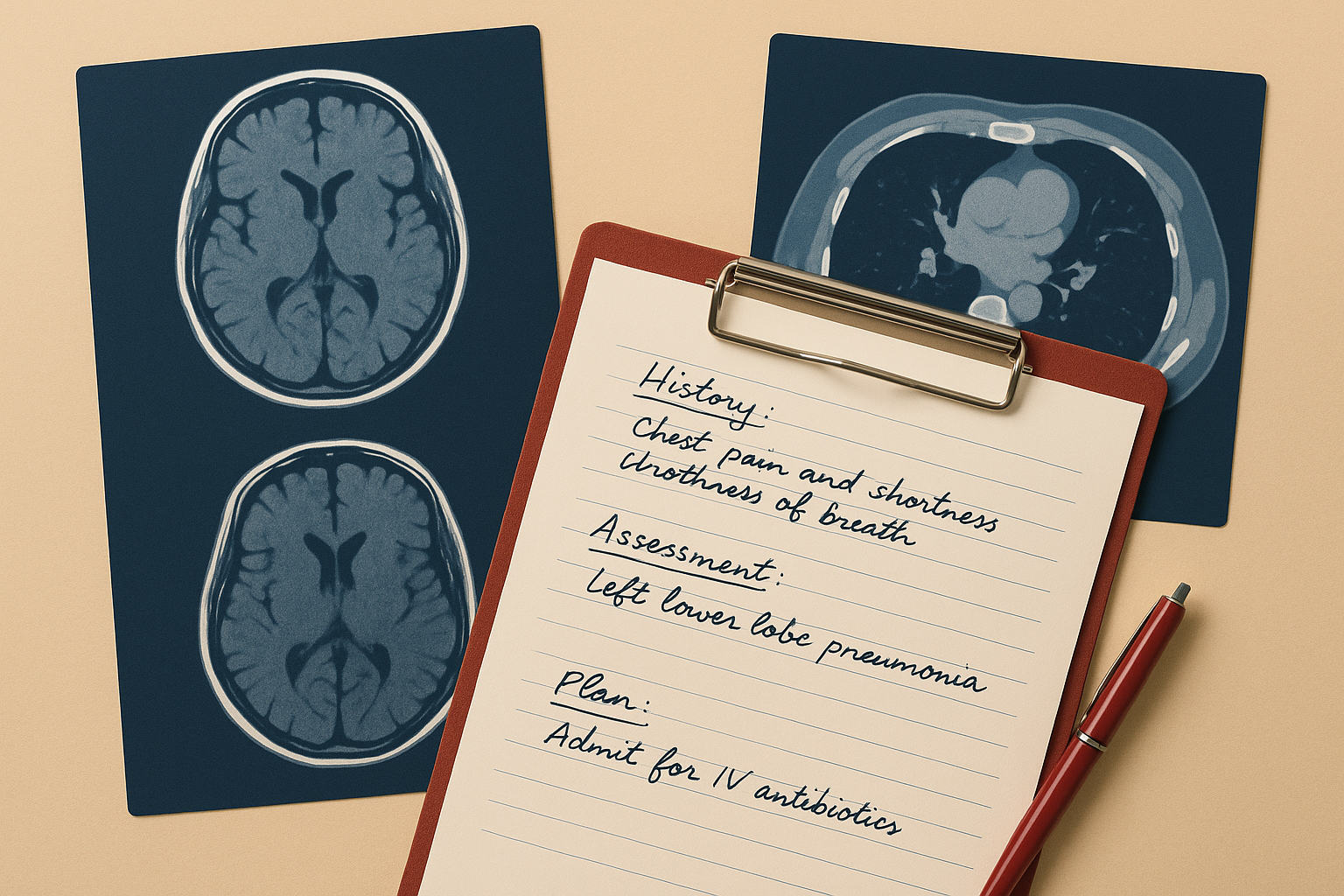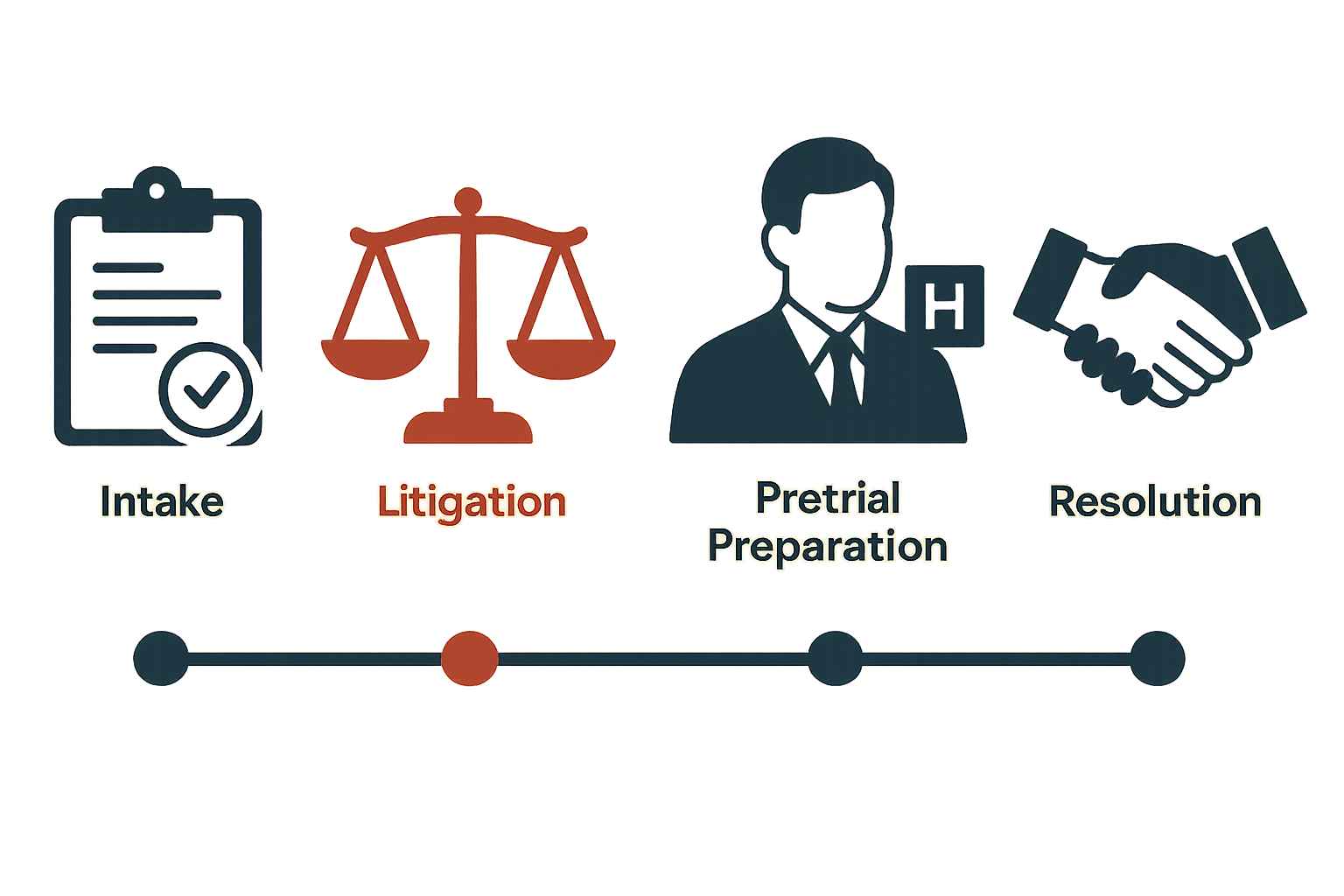Medical malpractice lawyers who act fast to secure records and protect your claim
When medical care falls below accepted standards and causes injury, you may have a medical malpractice case. We prioritize your treatment, move quickly to preserve evidence, and work with trusted medical experts to evaluate standards of care, causation, and damages—so you get clear answers and a plan.
- Request your records promptly; we can help order, organize, and review them for gaps or inconsistencies.
- Avoid altering written records or communicating directly with hospital risk management before speaking with counsel.
- Document ongoing symptoms, treatment recommendations, and financial impacts to establish damages.
- We coordinate care and explore all coverage sources (health insurance, med-pay/PIP where applicable, and liability policies).

Educational reference: Medical malpractice basics at law.cornell.edu . This resource is informational and not legal advice.
Who we help and common malpractice scenarios
We represent patients and families facing life-changing injuries and unanswered questions. Below are frequent categories we evaluate. Every matter is different; we assess the facts, medical standards, and applicable deadlines before advising on next steps.
Misdiagnosis or delayed diagnosis
Missed red flags or failure to order tests can delay treatment and worsen outcomes, especially for stroke, sepsis, and cancer.
Surgical errors
Wrong-site procedures, retained instruments, and avoidable nerve or organ injury during surgery or anesthesia management.
Medication mistakes
Dosing errors, contraindicated drugs, and allergy oversights by prescribers, pharmacists, or facilities.
Birth injuries
Failures to monitor fetal distress, improper instrument use, or delayed C‑section decisions causing harm to mother or child.
Hospital-acquired conditions
Preventable infections, falls, pressure injuries, and inadequate staffing or supervision leading to complications.
Emergency room mistakes
Triage errors, missed time-sensitive diagnoses, or improper discharge without necessary workup.
Our approach and medical expert network
- Early record capture: We request complete charts, imaging, orders, and policy documents; we flag missing entries or late amendments.
- Standards-of-care review: We consult board‑certified specialists and qualified nurses to analyze what should have happened and why.
- Causation and damages modeling: We connect deviations to injury and quantify medical costs, lost income, and life‑care needs.
- Compassionate communication: You receive clear timelines, status updates, and honest guidance at every step.


What to expect: pre-suit to resolution
- Intake and triage: We listen, identify urgent issues, and start record requests and hold notices.
- Expert screening: Specialists review standards of care, causation, and damages. Many jurisdictions require this before filing.
- Pre-suit requirements: Some states require notices, certificates of merit, or specific affidavits. We calendar deadlines and comply.
- Filing and discovery: We draft a complaint, exchange evidence, and take depositions; parallel settlement tracks may run.
- Mediation/negotiation: We pursue fair resolution informed by expert opinions and documented losses.
- Trial when needed: We prepare thoroughly and keep you informed about risks, costs, and timelines.
Timelines vary with treatment duration, records access, expert availability, and court calendars. For a firm‑wide view of communication and milestones, see Our Process .
Fees and costs—clear terms, written disclosures
Ask about contingency arrangements for medical malpractice matters. We put fee terms and anticipated costs (including expert fees and records charges) in writing so you understand what to expect. There are no guarantees of outcome; we provide candid assessments at each stage.
- Transparent contingency or hybrid options where permitted.
- Up‑front discussion of expert scope and anticipated expenses.
- Regular status updates so cost and strategy stay aligned.
Medical Malpractice FAQs
Quick, plain‑language answers to common questions. For guidance specific to your situation, please contact us.
Ready to have your records reviewed by a medical‑legal team?
We respond quickly. After conflicts check, we outline options, next steps, and realistic timelines for investigation and potential filing.
Page last updated: September 12, 2025
